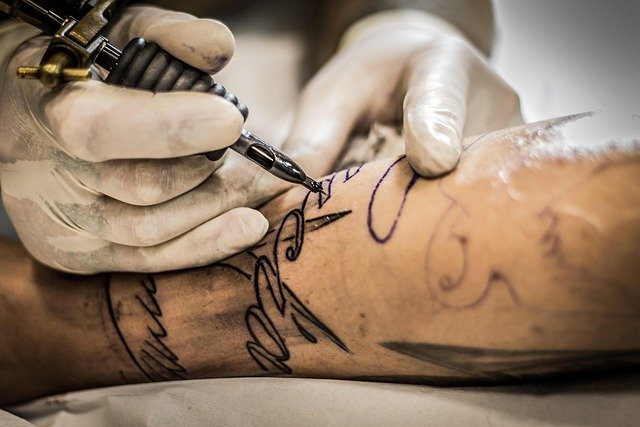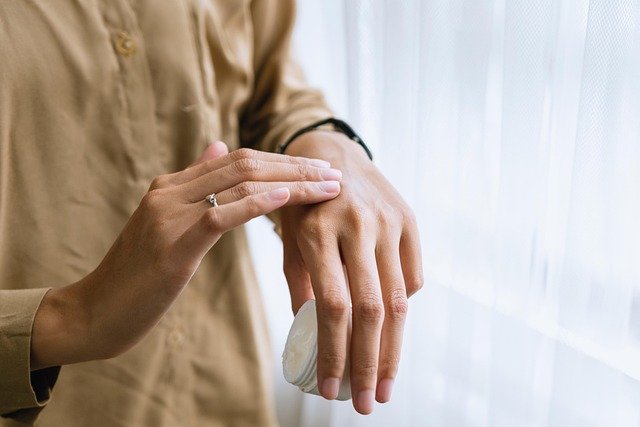How to Choose an Ink Artist: Key Criteria for Safe, Lasting Work
Choosing an ink artist is about more than style: it’s about safety, technique, and results that age well. This short guide outlines practical steps to evaluate an artist’s portfolio, hygiene practices, equipment, and aftercare approach so you can make informed decisions when booking bodyart services in your area.

Choosing an ink artist involves assessing artistic skill, safety practices, and how a design will hold up over time. A well-chosen artist balances creative vision with reliable processes: clear consultation, careful stencil placement, proper pigments and machine use, and thorough aftercare guidance. This article explains key criteria you can use when evaluating artists, clarifies common terms, and offers practical pricing context to help you plan a safe, lasting piece of bodyart.
This article is for informational purposes only and should not be considered medical advice. Please consult a qualified healthcare professional for personalized guidance and treatment.
Portfolio, style, and design: what to look for
A strong portfolio is the best starting point. Look for consistent examples of the styles you want—realism, watercolor, traditional, or sleeve work—and examine healed photos as well as fresh work. Pay attention to linework, shading, and how colors sit on different skin tones. If you’re considering a coverup, evaluate before-and-after images to see how effectively the artist conceals previous ink. A thorough portfolio demonstrates both technical skill and thoughtful design choices rather than only isolated striking pieces.
Hygiene, sterilization, and safety practices
Safe studios prioritize single-use needles and cartridges, visible sterilization equipment for reusable tools, and strict surface-cleaning protocols. Ask whether autoclave sterilization is used for metal tools and whether disposable supplies are opened in front of you. Proper glove changes between tasks, clear consent and medical-history checks, and visible cleanliness in the workspace are essential. If an artist hesitates to discuss these steps, consider that a red flag for your safety and the longevity of the tattoo.
Tools and techniques: machine, stencil, pigments
Different machines and pigments suit different styles. Coil and rotary machines each have pros and cons depending on line or shading work, while stencils guide placement and proportions before ink contacts skin. Ask about pigment brands and whether the artist uses vegan or hypoallergenic options if you have sensitivities. Understanding how an artist matches tools to a design—such as specific machines for realism versus color packing for watercolor—can help you predict how the piece will heal and age.
Consultation, appointment, and pricing expectations
A consultation is where design, placement, and practicalities are resolved. Good consultations cover stencil adjustments, session length, and a clear appointment policy. Discuss expected timeframes for sessions, whether multiple appointments are needed for sleeves or large realism pieces, and how touch-ups are handled. Pricing often depends on the artist’s experience, the complexity of the design, and local market rates; clear upfront discussion reduces surprises and supports a safer, more comfortable experience.
Aftercare, longevity, and coverup considerations
Aftercare affects how your ink settles and how long colors and lines remain crisp. Reliable artists provide written instructions about washing, moisturizers, sun protection, and activity limits during healing. For coverups, consider pigment density and contrast—some inks and older tattoos require multiple sessions to achieve desired results. Sleeve projects need planning for cohesion across sessions; discuss how color and detail choices will age so the overall piece remains balanced over time.
| Product/Service | Provider | Cost Estimation |
|---|---|---|
| Small flash or simple linework (single session) | Independent local artist | $60–$200 per session or $60–$150 per hour |
| Custom realism or large color work (detailed sessions) | Specialized custom studio (examples: high-profile or boutique studios) | $150–$400 per hour; multi-session project pricing varies |
| Walk-in or chain shop services (basic pieces) | Chain or walk-in studios | $50–$150 per hour or flat rates for small tattoos |
Prices, rates, or cost estimates mentioned in this article are based on the latest available information but may change over time. Independent research is advised before making financial decisions.
When comparing options, remember these are general benchmarks rather than guarantees. Independent artists can offer competitive hourly rates and bespoke attention, while specialized studios often charge higher rates reflecting reputation and demand. Chain shops and walk-ins may be more affordable for simple designs but vary widely in quality and hygiene standards. Ask about pricing breakdowns—deposit, hourly rate, and expected session count—so you can budget for both initial work and potential touch-ups.
Apprenticeship, qualifications, and booking
Experience and formal training matter; apprenticeships provide hands-on learning under established artists and kitchens that require portfolios and supervised practice. Ask how long an artist has worked professionally, whether they’ve completed an apprenticeship, and if they continue education in styles or safety. Booking policies—deposit amounts, cancellation windows, and rescheduling rules—should be transparent. Reliable artists will provide clear appointment steps and explain how to prepare your skin and schedule to ensure optimal healing.
Choosing an ink artist blends aesthetic fit with practical safety. Prioritize portfolios that show healed work, ask detailed questions about hygiene, sterilization, machine and pigment choices, and ensure consultations cover stencil placement and aftercare. Use the pricing benchmarks as starting points and verify policies and reputations through local services, reviews, and direct conversation before scheduling an appointment. A thoughtful selection process helps ensure a safe procedure and a piece that remains a satisfying part of your bodyart over time.






